Optimal Timing for Storm Restorations
Storm restorations are most effective when performed promptly after storm events to minimize property damage and structural issues. The optimal period for storm restoration varies depending on regional climate patterns, storm frequency, and weather conditions. Generally, late summer and early fall are considered prime times due to historically higher storm activity, but readiness should be maintained year-round.
Storm activity peaks during specific seasons depending on geographic location. Monitoring weather forecasts can help identify the best times for proactive inspections and maintenance.
Dry weather periods facilitate safer and more efficient restoration work. Avoiding seasons with frequent rain or snow reduces delays and complications.
Understanding local storm patterns helps in planning timely restorations, especially in regions prone to hurricanes, tornadoes, or severe thunderstorms.
Performing pre-storm inspections and strengthening vulnerable structures can reduce the need for extensive restorations after storms occur.

Image depicting a property being inspected after a storm.
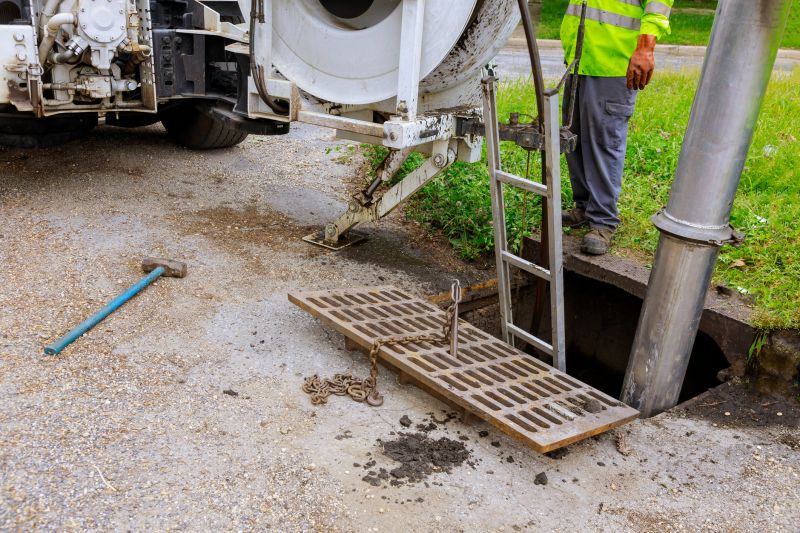
Image showing tools and machinery used in storm restoration projects.
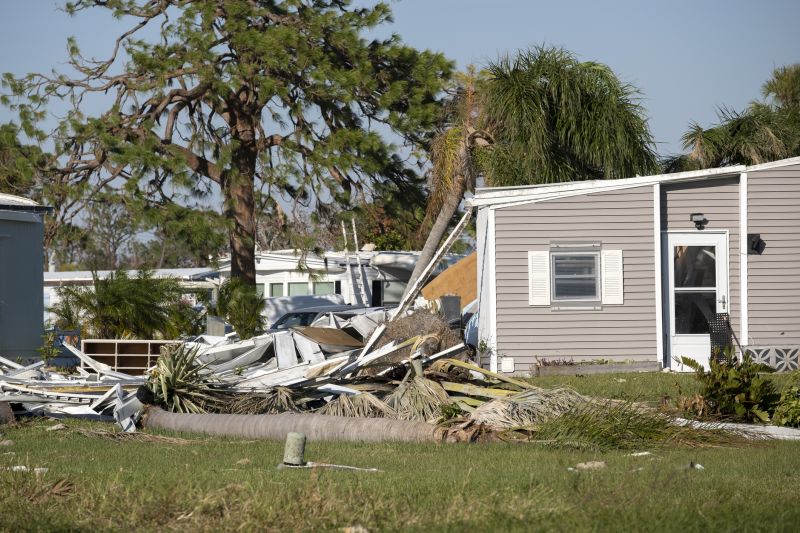
Image of a property fully restored following storm damages.
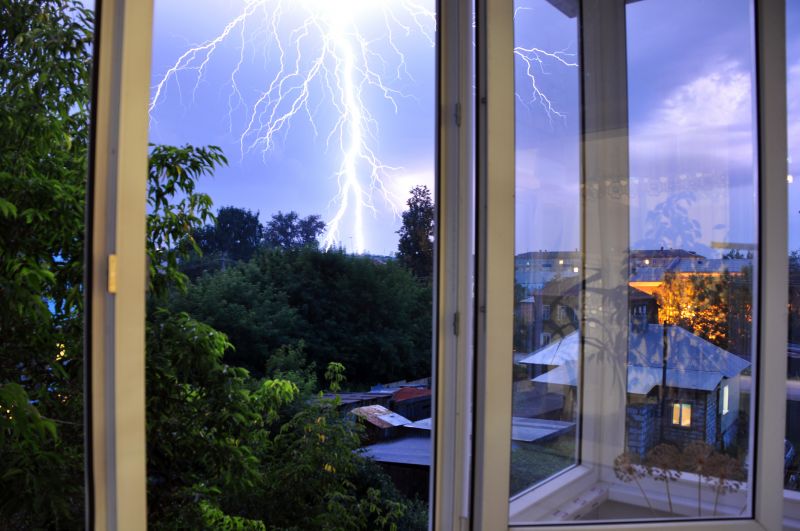
Ways to make Storm Restorations work in tight or awkward layouts.

Popular materials for Storm Restorations and why they hold up over time.
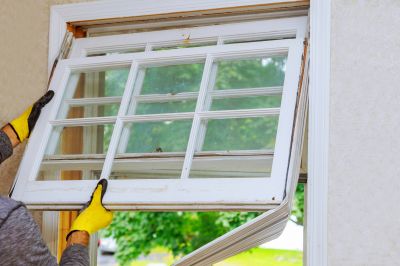
Simple add-ons that improve Storm Restorations without blowing the budget.
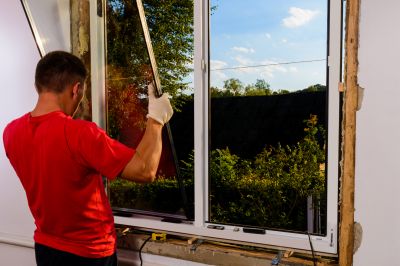
High-end options that actually feel worth it for Storm Restorations.
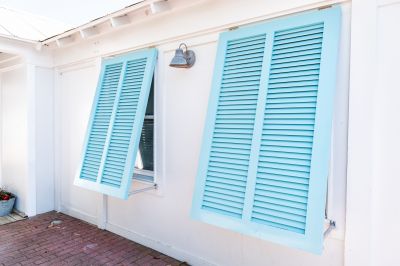
Finishes and colors that play nicely with Storm Restorations.
| Season | Typical Storm Activity |
|---|---|
| Spring | Moderate to high storm activity, including thunderstorms and hail. |
| Summer | Peak storm activity with thunderstorms, tornadoes, and hurricanes. |
| Fall | Decreasing storm activity, but still significant in some regions. |
| Winter | Lower storm activity, but potential for snow and ice damage. |
Storm restorations involve repairing damage caused by severe weather events, including wind, hail, and flooding. Timely intervention helps prevent secondary issues such as mold growth, structural deterioration, and water intrusion. Accurate assessment and prompt action are essential to restore safety and property integrity.
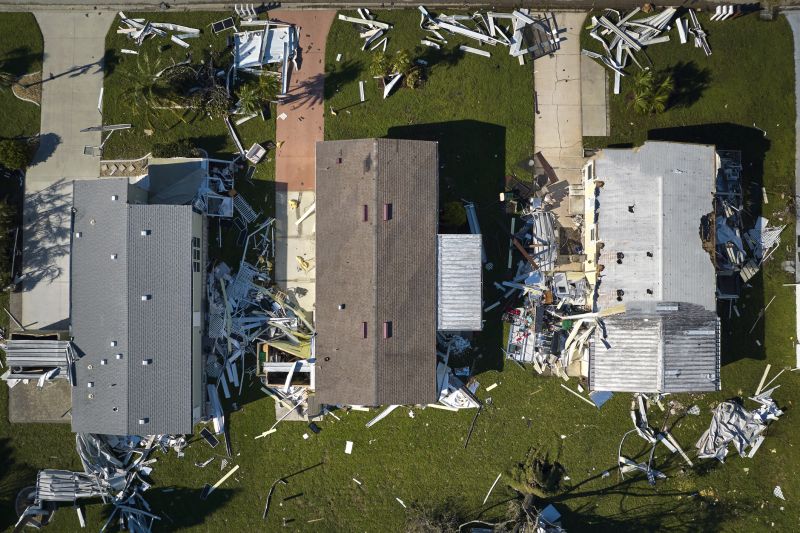
Image showing roof damage caused by hail or high winds.
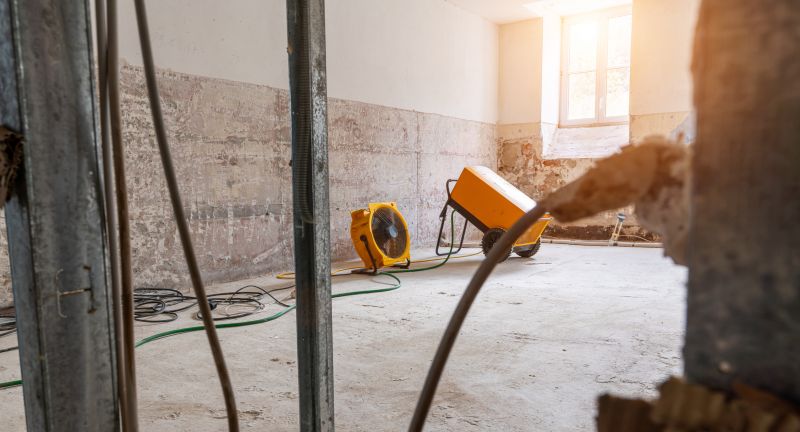
Image of water extraction and drying equipment in use.

Image of repaired framing and structural components.
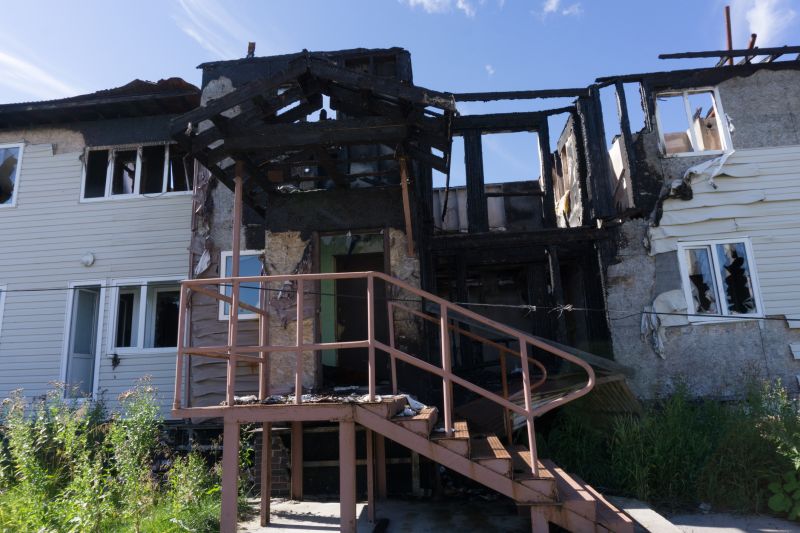
Image of a fully restored property ready for occupancy.

Little measurements that prevent headaches on Storm Restorations day.
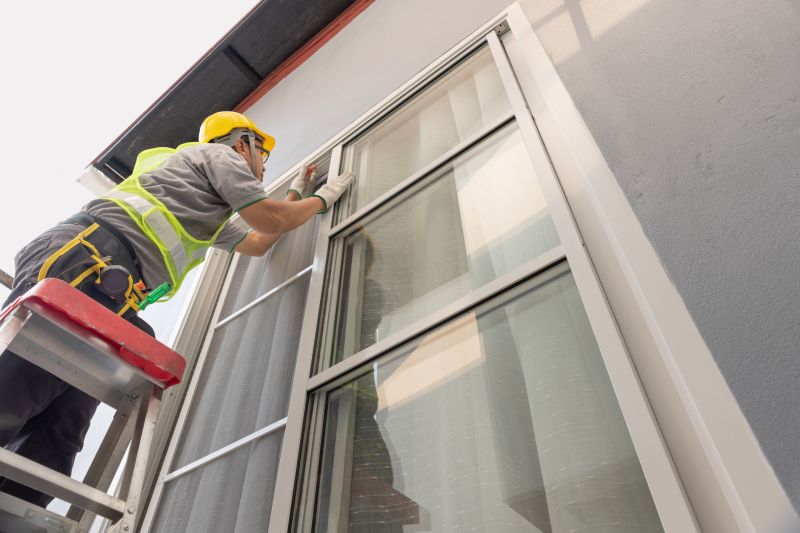
A 60-second routine that keeps Storm Restorations looking new.
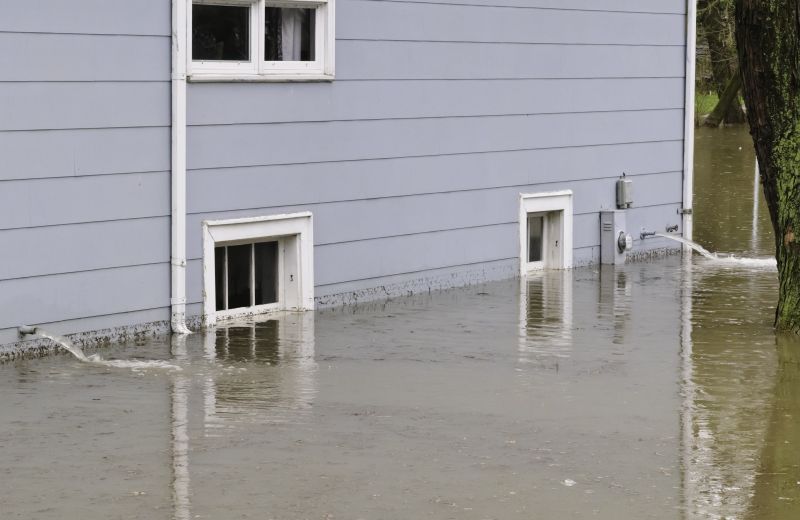
A frequent mistake in Storm Restorations and how to dodge it.

Small tweaks to make Storm Restorations safer and easier to use.
Interested property owners are encouraged to contact for more information about storm restoration services. Prompt responses can help mitigate damages and restore properties efficiently after storm events.
